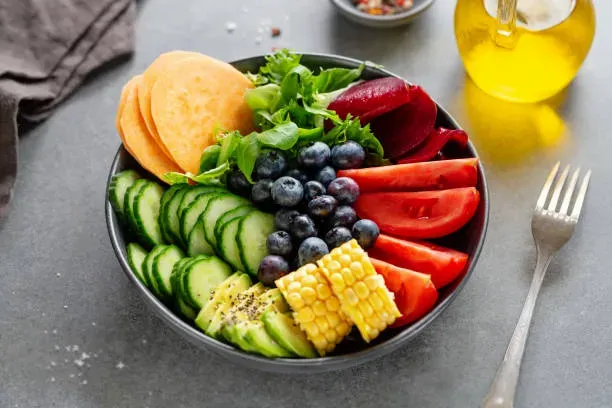How to Build a Balanced Diet for Health

A balanced diet is essential for maintaining optimal health and well-being. It provides the body with the necessary nutrients to function correctly, reduces the risk of chronic diseases, and promotes overall health. However, building a balanced diet can be challenging, especially with all the conflicting information about what to eat and what to avoid. In this article, we will provide you with a comprehensive guide on how to build a balanced diet for health.
Understanding a Balanced Diet
A balanced diet is a diet that contains all the necessary nutrients in the right amounts. The key nutrients that should be included in a balanced diet are carbohydrates, proteins, fats, vitamins, minerals, and water. Carbohydrates, proteins, and fats are known as macronutrients, while vitamins and minerals are known as micronutrients.
Macronutrients
Macronutrients provide energy to the body and are needed in large amounts. Carbohydrates are the primary source of energy, while proteins and fats are essential for building and repairing tissues.
Micronutrients
Micronutrients are required in small amounts but are crucial for the body’s overall health. Vitamins and minerals are necessary for various body functions such as bone health, immune function, and metabolism.
Building a Balanced Diet
Building a balanced diet involves choosing foods that provide the necessary nutrients while limiting those that are high in calories, sugar, and unhealthy fats. Here are some tips on how to build a balanced diet:
1. Choose Whole Foods
Whole foods are foods that are minimally processed and do not contain added sugars, salt, or unhealthy fats. These include fruits, vegetables, whole grains, lean proteins, and healthy fats.
2. Include a Variety of Foods
Including a variety of foods in your diet ensures that you get all the necessary nutrients. Try to include foods from all food groups, such as fruits, vegetables, whole grains, lean proteins, and healthy fats.
3. Limit Processed Foods
Processed foods are high in calories, unhealthy fats, sugar, and salt. These foods should be limited in a balanced diet to avoid the risk of chronic diseases.
4. Eat Mindfully
Eating mindfully means being aware of what you eat and how much you eat. It involves eating slowly, savoring your food, and listening to your body’s hunger and fullness cues.
5. Stay Hydrated
Staying hydrated is crucial for maintaining optimal health. Aim to drink at least eight glasses of water a day and avoid sugary drinks such as soda and juice.
Creating a Balanced Meal
Creating a balanced meal involves including foods from all food groups in the right proportions. Here is a guide on how to create a balanced meal:
1. Fill Half Your Plate with Vegetables and Fruits
Vegetables and fruits should make up half of your plate. Choose a variety of colors and textures to ensure that you get all the necessary nutrients.
2. Add Lean Protein
Lean protein is essential for building and repairing tissues. Choose lean sources such as chicken, fish, tofu, beans, and lentils.
3. Include Whole Grains
Whole grains provide fiber and energy to the body. Choose whole grains such as brown rice, quinoa, and whole-wheat bread.
4. Add Healthy Fats
Healthy fats are essential for brain function, hormone production, and overall health. Add healthy fats such as avocado, nuts, and seeds.
Conclusion
A balanced diet is crucial for maintaining good health and preventing chronic diseases. To build a balanced diet, it is important to include a variety of nutrient-dense foods, such as fruits, vegetables, whole grains, lean proteins, and healthy fats. It is also important to limit processed and sugary foods, as well as excessive amounts of sodium and saturated fats.